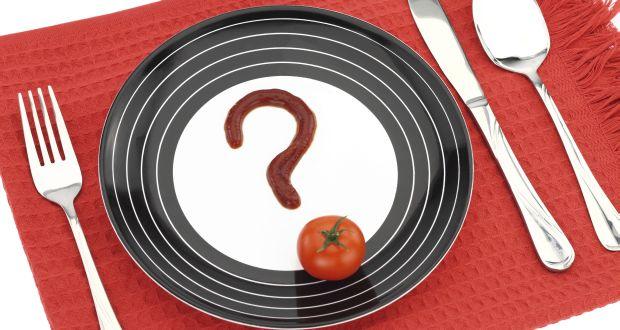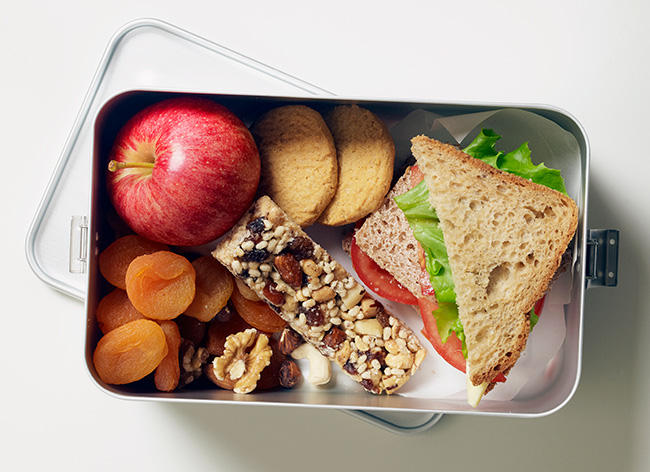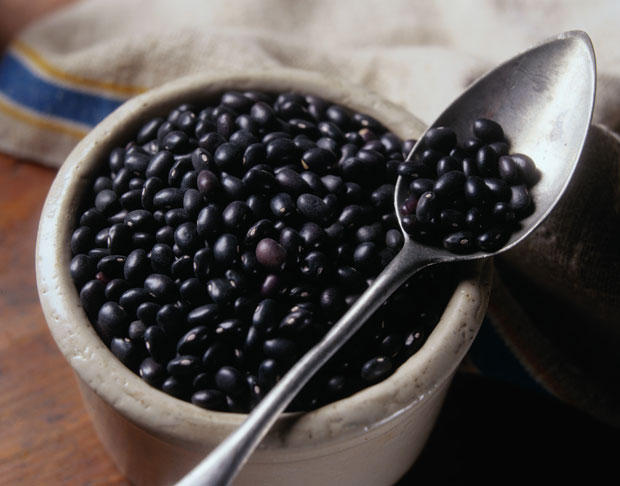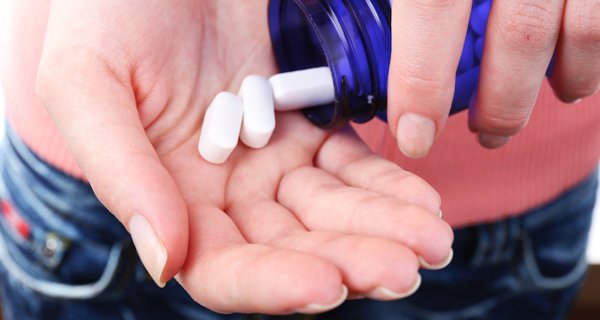How to Lose Weight Without Taking Pills
Losing weight certainly does not require the use of pills, though many supplements have become available over the years that are touted to facilitate weight loss. Some diet pills don't even work, and they could even be dangerous for people with medical conditions or on medications. Instead, try some of the different methods to lose weight without the use of any pills.
Steps
Method 1 Counting Calories to Lose Weight
- 1 Find your basal metabolic rate. The basal metabolic rate (BMR) is the amount of calories your body needs to function at rest for an entire day.[1] A BMR calculator can be found online that will use your height and weight along with some other factors to calculate your BMR.
-
2
Reduce your caloric intake to less than your BMR. Reducing your caloric intake to 500 calories less than your BMR daily should cause you to lose one pound per week.[2] You can use a journal or a specialized app for your smartphone to keep track of calories throughout the day.
- Some apps include Lose It!, MyFitnessPal, Fooducate, and My Diet Diary.
- Most apps will also help track your carbohydrate, fat, and protein intake to be sure you are in a healthy range for each.
- Never reduce calories by too much or you may slow your metabolism down so much that losing weight will actually be more difficult. A person weighing 300 pounds may be able to reduce caloric intake by 1000 calories per day, but a person weighing half that much should limit their reduction to around 500 calories.[3]
-
3
Join a dieting club. Dieting clubs and services may help you count calories when cravings leave you weak or if you are having trouble keeping track on your own. Some clubs/services include Weight Watchers, Nutrisystem, Jenny Craig and more.[4]
- These groups not only provide plans proven to work, they provide support and accountability.
-
4
Drink water. Drinking water can support weight loss in several different ways. It can act as a hunger suppressant and it can serve as your thirst-quencher instead of drinking sugary drinks that add calories to your diet.[5]
- Water also helps increase your metabolism and get rid of waste.
-
5
Avoid certain foods. Some foods have many calories in small packages, making it more difficult to count calories. Other foods may have little nutritional value, which would not be helpful when you are reducing caloric intake, because you still need adequate nutrition.[6] Some of the foods you should avoid include:
- Carb-only snacks, such as crackers, dry cereal, bread, or rice cakes. Snacks that are all carbohydrates will lower your blood sugar by forcing your body to produce more insulin, which in turn will make you hungry again.
- Frozen foods. Frozen foods are often high in sodium, which makes you retain water. When you retain extra water, you may not feel like your attempts to look better are working.
- Snack bars high in fiber. Snack bars with lots of fiber have a tendency to make fiber intake inconsistent (keeping you from feeling full) when you could otherwise get the fiber you need consistently by including a fruit or vegetable with each meal.[7]
- Foods advertised as being low-fat. You may think you're supporting your diet by eating these foods, but you may end up eating more, and the makers of the foods often use sugar to offset the flavor missing fat, which can pose other problems for your diet.[8]
- Fruit juice. Fruit juice is all the sugar from a fruit — sometimes using several pieces — with none of the fiber.
- Artificially-sweetened beverages. Artificial sweeteners may make you crave foods more, which may contradict your otherwise healthy diet.
- Alcohol. Alcohol may occupy the liver because it is a toxin the liver must work to get rid of, leaving it less able to burn fat.
Method 2 Exercising to Lose Weight
-
1
Discuss exercise regimen with a doctor. You should certainly check with a doctor before beginning an exercise regimen if you have heart disease, asthma, diabetes or other ailments.[9] The doctor can also help you determine what a healthy weight would be for you, as well as how you may be able to reach that weight.
- This is especially important if you need to lose a large amount of weight, but consulting with a doctor is always a good idea, regardless of the amount of weight needing to be lost.
-
2
Practice aerobic exercise. Also known simply as "cardio," aerobic exercise can be beneficial because it speeds up your metabolism for a while after your exercise routine comes to an end. This means your body will use calories faster during this time, and you will lose weight by burning more calories than you take in.[10]
- Aerobic exercise is exercise that is low, medium, or high intensity and performed for a longer duration continuously.
- Try to get 30 minutes of aerobic exercise five to seven days per week.
-
3
Practice strength training. When you practice strength training, you will make your muscles bigger. Bigger muscles require more calories, so you will increase the amount of calories you burn even at rest if you have bigger muscles.[11]
- Push-ups, crunches, bicep curls, squats, and lunges are examples of strength training exercises.
- An hour-long strength training session three times per week can help you lose weight during and after exercise.
-
4
Walk. Walking can be a great workout for people who need more low-impact exercise because of other health issues that preclude them from getting aerobic exercise. Walking is also good for mental health as it is overall health.[12]
- Walking 45 minutes per day can help you lose up to one pound per week.
-
7 Things That Happen When You Stop Weighing Yourself
Is stepping onto the scale part of your morning routine? How about pos
-
Why Youre Not Losing Weightvar zeus = zeus
When you think about your health, you’re probably not fretting over th
-
6 Ways Your Healthy Diet Is Your Diet Making You Gain Weight
If youre trying to slim down, youve probably amassed a menu full of ca
-
Weight Loss Tips And Loss Weight At Home
Weight Loss Moms is a community for women to take charge of their fit
-
Is A Contagious Virus Whats Causing The Obesity Epidemic?
Out-of-the-box thinking often appears nuts at first. (People scoffed a
-
Home Remedies for Weight Loss Diet Plan
Home remedies that are used to lose weig
- DON'T MISS
- Anyone Can Lose The Weight They Want To Lose
- Learn How to Fast Safely
- Weight Loss And You: How To Make It Work
- Enhance Your Confidence With Corporate Wellness Package
- Leave Your Struggle With Weight In The Past: Tips For Success
- Weight Loss Tip #61: Do sit-ups and crunches to lose belly fat
- 10 Exercises for Building Muscles Without Using Weights!
- Weight Loss Tip #29 –Try push-ups to lose weight
- Weight Management Diet � More Intricate Tips
- Easy and unusual ways to lose weight without exercising




